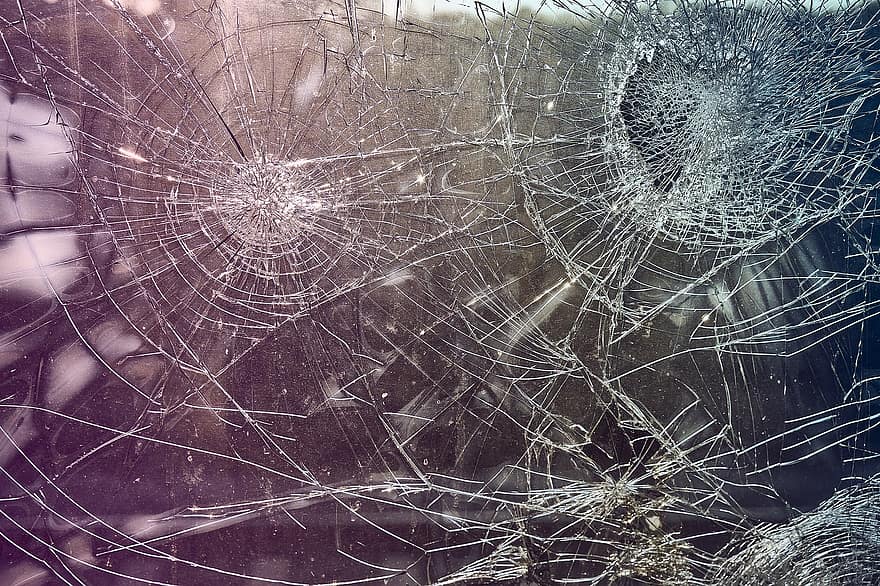10 Examples of Unexpected Lucky Discoveries & Accidental Success
Lucky discoveries VS Inspiration
Serendipity is an unplanned fortunate discovery. It is believed that serendipity is a common occurrence throughout the history of product invention and scientific discovery. In simple words, there are a lot of success stories that are attributed to chance.
This article will focus on lucky discoveries, rather than observations that led to inspiration & success (check the other article for the latter).
For example, Sir Isaac Newton, credits the inspiration for his laws of gravity, to an apple that fell on his head.
In this case, we can not consider this as a lucky discovery, as it needed active analysis and not mere observation.
I will present you with 10 examples of unexpected Lucky discoveries & Accidental Success.
These examples are just a selection from a bigger list. You can find the list on our special report on Luck & Success.
While creating these articles in our special report, it came to our attention that a lot of the stories are untrue or are urban legends.
The below stories have been double checked, and information verified from multiple legit* sources.
*Articles on huffington post, business insider as well as many prominent publication have been found to spread fake information.

1- Penicillin : How Antibiotics were discovered by chance.
In 1928 Sir Alexander Fleming, a professor of bacteriology, returned from a two-week vacation to find that a mold grew on his petri dishes of Staphylococcus bacteria colonies. Examining the petri dishes, he noticed that the bacteria wasn’t growing around the mold. The mold turned out to be Penicillium notatum a strain of penicillin that secretes a substance inhibiting bacterial growth. Penicillin was introduced in the 1940’s, launching the era of antibiotics.

2- Corn Flakes : Fail at cooking creates recipe for breakfasts success.
The recipe for Corn Flakes came out of a botched attempt at making granola in 1898.
At that time, the 2 brothers William and Dr.John Kellogg worked at Battle Creek Sanitarium, a health facility. One day, the brothers put some wheat on to boil, but accidentally left it cooking too long. When they finally took it off the stove and tried to roll it out into dough, the wheat instead separated into flakes. The brothers discovered they could bake these into a crispy snack.
Later, they found that the same effect could be achieved using corn instead of wheat, and the recipe for Corn Flakes was born.

3- Microwave Oven: An accident discovery & invention.
In 1945 Percy Spencer, an engineer for the Raytheon Corporation, was building magnetrons. While standing in front of an active radar set, he discovered that a chocolate bar he had in his pocket melted. So Spencer started aiming the magnetron at other items, such as eggs and popcorn kernels. Concluding that the heat comes was from the microwave energy.
On October 8, 1945, Raytheon filed a patent for a microwave oven. 2 years later they produced the first microwave which weighed 340 kg and stood 168 cm tall and cost $5000. It took 20 years for the dimension to be reduced significantly for the introduction of a countertop microwave for the cost of US$500.

4- X-rays : Accidental bones image on a screen.
In 1895, a German physicist named Wilhelm Roentgen was working with a cathode ray tube.
He noticed, that a nearby fluorescent screen would glow, when the tube was on and the room was dark. The rays were somehow illuminating the screen.
When he placed his hand in front of the tube, he noticed he could see his bones in the image that was projected on the screen.
He understood that electromagnetic rays could form images on fluorescent plates, replaced the screen with a photographic plate to capture the images, creating the first X-rays. And earning him the 1st Nobel prize in physics in 1901.

5- Laminated Glass: Lab accident and a broken flask.
In 1903 Edouard Benedictus, a French scientist, dropped a glass flask that had been filled with a chemical solution of cellulose nitrate. It broke,but it didn’t shatter, instead the pieces stayed in place and maintained the shape of the container. Upon investigation Benedictus realised that somehow, the plastic coating had helped the glass stay together.
This substance is now used to laminate the glass in car windshields, safety goggles, and much more.

6- Popsicle: Powder drink on the porch overnight.
In 1905 in Oakland, California, 11-year-old boy Francis William Epperson mixed a powdered flavoring drink with water. He accidentally left it on porch overnight, with the stirring stick still in it. That night, the temperature dropped below freezing, and the next morning, Francis discovered the drink had frozen to the stick, inspiring the idea of a fruit-flavored “Popsicle”.

7- Practical Implantable Pacemaker: Wrong resistor, weaker current.
Pacemakers have had a long history, they were television-sized, cumbersome things that were temporarily attached to patients from the outside, but an accident led to the creation of the implantable pacemaker. The stories are conflicting but here’s what have been reported.
In 1956, Wilson Greatbatch an assistant professor was building a heart rhythm recording device. When reaching into a box for a resistor he picked up by mistake a 1-megaohm resistor instead of the needed 10,000-ohm resistor.
When the resistor was connected, he noticed that the circuit emitted electrical pulses that sounded for 1.8 milliseconds, and then paused for a second. Greatbatch realized the precise current could regulate an imperfect heart pulse. And the small circuit is perfect to be tucked into someone’s chest.
He began to shrink his device and on May 7, 1958, a version of his pacemaker was successfully implanted into a dog.

8- Coca Cola: A remedy mixed with carbonated water by accident.
John Pemberton a lieutenant colonel wounded in war, was a pharmacist. Becoming addicted to morphine , he started experimenting with coca and coca wines for opium- free alternatives, eventually creating his own version of the french wine made of coca “Vin Mariani,”. He teamed with Willis Venable an Atlanta druggist, to test and help perfect the recipe. One day when trying to make another glass, they blended the base syrup with carbonated water by accident, and thus the soft drink Coca Cola was born. Pemberton decided to sell it as a fountain drink rather than a medicine.

9- Saccharine: Artificial sweetener discovered by not washing hands before dinner.
Fahlbers, a chemist , after a long day working with coal tar In 1879, came home to have dinner with his wife. Forgetting to wash his hands first, he noticed everything he put in his mouth had a sweet taste. He had discovered that the saccharine on his hands, was responsible for the sweetness.

10- Teflon: Another accidental chemical reaction.
Teflon or Polytetrafluoroethylene (PTFE) was accidentally discovered in 1938 by Roy J. Plunkett. While Roy attempted to make a new CFC refrigerant, the tetrafluoroethylene gas, its pressure bottle stopped flowing and bottle’s weight dropped to the point signaling “empty.” Plunkett found the bottle’s interior coated with a waxy white material that was slippery, Teflon was born. The substance became the high melting point lubricant now applied to all non stick pans.

Fake Accidental Success Stories:
I wanted to write on other accidental successes, but they turned out to be fake:
- The Potato chips: Were allegedly created by George Crum as a joke to an annoying customer. However the recipe can be traced back to The Cook’s Oracle from 1817.
- Matchsticks: Were allegedly accidentally invented by a British Pharmacist, John Walker. John sparking a flame when trying to scrape-off a lump on the end of his stirring stick. But records show that the matchsticks existed in China since 1366.
Success Stories due to Inspiration. Not Accidental:
Some inventions or discoveries were inspired by specific events. It is not fair to classify them as accidental, as a lot more thinking have been done from aha moment till final idea. Here’s some:
- Velcro: Swiss engineer George de Mestral went for a walk in the woods with his dog. He noticed that small burdock burrs stuck firmly to his clothes and to the dog. These little seeds were covered in small hooks. Which inspired him to create Velcro.







